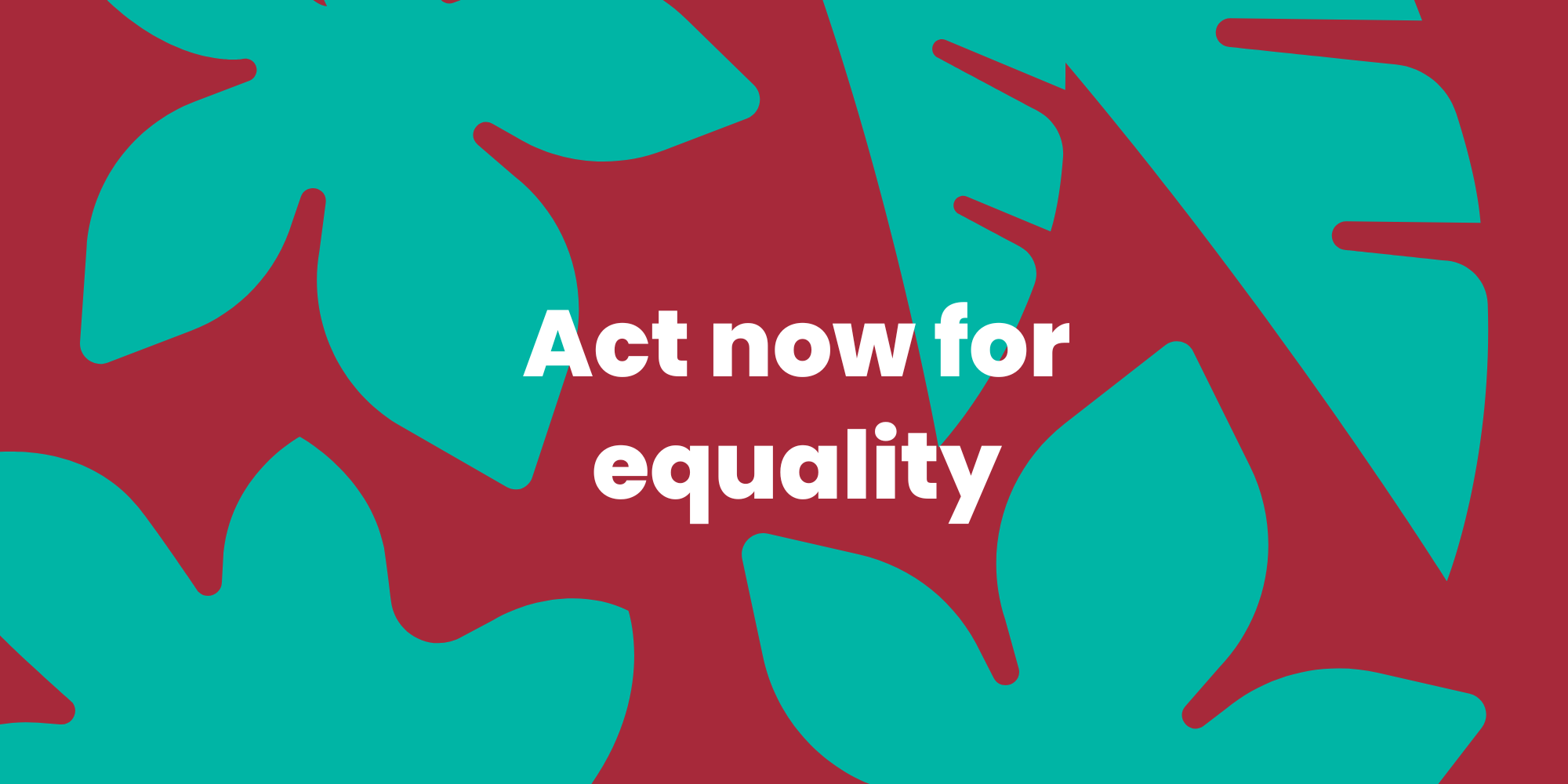Make your website more accessible
When you build a new website there’s a lot to think about. There’s the obvious: content, images and words. But, you’ve got to think about the experience of your users too.
Will all your users be able to easily navigate your website? Have you considered that some of the visitors to your website might have different visual, audible and physical needs and limitations?
Why make your website accessible?
It shows that you care. And, that you are committed to treating every person who uses your website equally.
Accessibility is best practice for SEO too and search engines will favour the websites who have put the effort in!
What to consider when making a website accessible?
Visual impairments, low-vision or colour blindness
Seizures like epilepsy
Physical mobility
Hearing difficulties
Learning or cognitive impairments like dyspraxia or dyslexia
Key Principles of Accessibility
The world of website development loves a list of key principles. They also love an acronym. So, let us introduce you to the 4 key principles of accessibility - POUR.
POUR is part of the Web Content Accessibility Guidelines, which outlines accessibility standards for websites.
It’s super helpful to understand what best practice is before focusing on potential accessibility issues that could affect your user’s experience on your website.
1. Perceivable
Images must have alternative text describing the image
Vides must have captions
2. Operable
Give users enough time to read and use the content
Don’t use content that might trigger seizures like flashing images
Think about multiple ways to use your website: sound, visual
3. Understandable
Write text that is understandable and readable - not too small
Clear instructions for forms
Transcripts of video files
4. Robust
Think about the longevity and use of your website: does it work on all devices?
Support different operating systems and browsers (not everyone has the latest mobile phone or uses the same search browsers.)
Our examples for POUR give a whistle-stop overview of the website accessibility standards. If you want to learn a lot more about giving all people equal user experience on your website, have a read of this article on constructing a POUR website.
Top 5 common accessibility issues
1. Poor contrast text
The number one accessibility issue identified on websites!
Poor contrast between colours - for example: light blue wording on a darker blue link button - makes it difficult for your website users to identify the button.
How to fix it? You can run your colour decisions through a contrast checker in the web development stage of building (or improving) your website.
Think about background colours vs the text on top of it.
2. Alt text on images
Alternative (alt) text is text that describes an image on your website. The alt text is not visible on your pages like a caption is – it appears in the source code of your website, as a line of HTML code.
Users visiting your site with a visual impairment will often be using a screen reader to understand what’s on your site. The alt text will be read to them so they know what the image is.
We cover how to write good image alt text in another Wild SEO Agency blog.
3. Misusing headings
Website users rarely read a whole web page. Some people will use a screen reader to access the content on your site. Screen readers (and other assistive technology) use headings to navigate their way through content.
It’s really important to order the headers on your web pages correctly. For example: H1 headers belong at the top of a page, don’t use them throughout your content.
If you’ve got H3 headings on your page, make sure you’ve got an H2 too. Don’t skip from H1 to H3, it makes it difficult to read and doesn’t follow the heading hierarchy order.
4. Too many navigation links
Too many links are hard to understand. They clutter a page and can confuse assisted technology like screen readers.
Only use a navigation link when it adds value to your user's experience!
5. Non-descriptive links
You will have seen so many of these scattered across many websites. Links that simply read: here, info, more etc.
These non-descriptive links don’t do the user experience and accessibility of your website any favours.
Make your links descriptive and relevant so that your website users can quickly navigate to the information they want. For example: for help on writing links read this Wild SEO Agency blog on creating SEO best practice links.
Do-It-Yourself accessibility
Do you already have a website? You can run your own site through a web accessibility evaluation tool to see whether you’ve got current accessibility issues that you could improve!
Are you building your own website?
Don’t know where to start with developing a website?
Have a look at the website development services that Wild SEO Agency offers. And drop us a message if you see anything you’d like help with!

